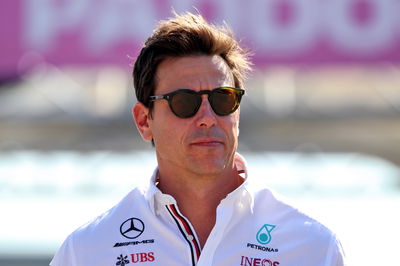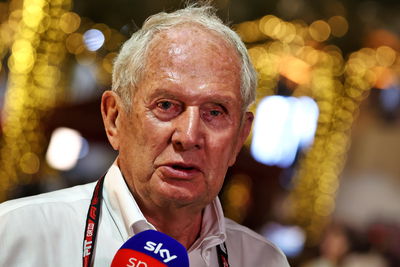Why anti-climatic Safety Car finish which provoked anger was correct
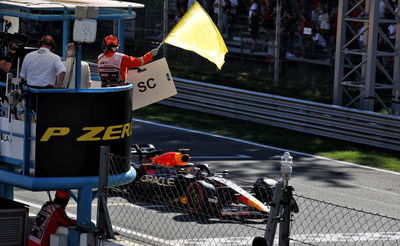
With the race fizzling out and Max Verstappen seemingly on course to ease to his fifth successive victory with Charles Leclerc’s Ferrari covered off, it looked as though a grandstand finish could be on the cards when Daniel Ricciardo’s McLaren stopped on Lap 47.
A Safety Car was deployed on the following lap and the frontrunners subsequently pitted for soft tyres anticipating a restart, but a combination issues clearing away Ricciardo’s stricken car, plus the Safety Car initially picking up George Russell instead of Verstappen, meant a sprint to the finish was denied.
Why the ending was correct
Unlike the controversial ending to the 2021 Abu Dhabi Grand Prix, the finish at Monza followed the right protocol.
Had there been enough laps, the backmarkers would have been allowed to overtake the Safety Car and catch up to the back of the train. A restart would have then occurred at the end of the following lap.
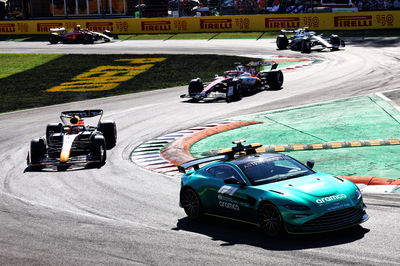
But time ultimately ran out for such a scenario to occur, largely due to struggles to remove Ricciardo’s McLaren because his car was stuck in gear, as well as the field taking a while to bunch up.
That meant Verstappen won from Leclerc, who was denied the chance to attack the Red Bull driver at the end, with the crowd responding to the result with a chorus of deafening boos.
“While every effort was made to recover Car #3 quickly and resume racing, the situation developed and marshals were unable to put the car into neutral and push it into the escape road,” an FIA statement read.
“As the safety of the recovery operation is our only priority, and the incident was not significant enough to require a red flag, the race ended under safety car following the procedures agreed between the FIA and all Competitors. The timing of the safety car period within a race has no bearing on this procedure.”
How it differed to the 2021 Abu Dhabi
Former FIA race director Michael Masi lost his job for the way he mishandled the controversial showdown in Abu Dhabi last year, with his actions directly altering the outcome of the world championship.
Masi’s decision to force a one-lap shootout enabled Verstappen to overtake Hamilton on the final tour and snatch the championship in the most dramatic of finishes.
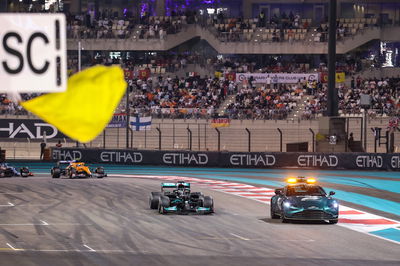
The Australian had come under pressure from both the Mercedes and Red Bull camps and ultimately failed to correctly apply the rules in two ways. The first was to only partially follow the rules around unlapping, while he also failed to follow the correct procedure regarding the timing of the restart, by restarting the race a lap early.
Mercedes boss Toto Wolff couldn't resist a reference to the events of Abu Dhabi after the race.
"The race direction is going to be under critics but this time, they followed the rules," he told Sky.
